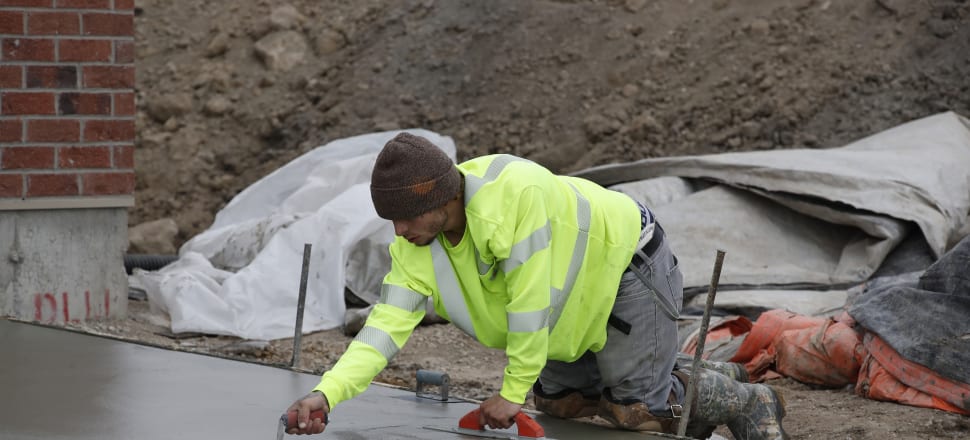
Suburbanites, replace your lawns with native plants and break up the concrete driveway
Opinion: The floods in Auckland have inevitably led to calls to upgrade our stormwater system, to stop building on flood plains, or too-near to cliffs. Most of them are fair calls, but while we decide what and how to mitigate extreme weather events collectively, we can all start thinking about how to take individual action, in our own back and front yards.
Flooding is an almost inevitable consequence of sealing up our cities in impermeable surfaces, our buildings, roads, pavements, and driveways, so when it rains it pours, into our gutters, down the drains, into our streams, rivers and into the sea. At least in normal circumstances.
The more we build, with asphalt, bitumen, concrete etc, the more water we need to drain. As recent events have made horribly clear there’s only so much our cities and towns can drain.
It will take some time to collectively agree on how we can mitigate future extreme weather events, the costs and benefits, who will pay for it and so on, but in in the interim, we can each take some charge, to create a more porous, sponge-like city.
We should be collecting and using rain water on a much vaster scale; for flushing toilets, watering gardens and so on. It may sound insignificant in dealing with a deluge but every little bit helps if we all pitch in. Not only does this save water (and climate change will also deliver us more droughts) but water collection systems slow the input of overflowing rainwater from private properties into the public system, which helps it cope with extreme rainfall.
READ MORE:
* Stormwater thinking outside the box
* Stormwaters run deep: Auckland councillors call for audit
* Auckland’s emergency: a lesson in geography
Detention tanks are now sometimes required for new builds in areas with antiquated stormwater systems that can’t cope with the larger number and bigger size of new houses being built on smaller properties with less garden area.
The grass we use for our lawns and on our farms is perhaps one of the last legacies of Colonialism – good for sparrows and sheep, but not our native flora and fauna. To them it's green desert
These are big underground tanks that hold water for a while before releasing it into the pipe network. We should have more of these on every new build – slowing water is a proven way of stopping it bottle-necking. I live in a street with good drainage and big public stormwater pipes underground, but it couldn’t cope with the recent deluges. The public pipes may well need to be replaced with even bigger ones, but if most surrounding houses had detention tanks installed, that would slow the water arriving at the public system so that it could cope. It’s the same principle that we now have with traffic lights at motorway on-ramps, designed to make the whole system operate more smoothly.
And do you really need that concrete driveway? Our cities need to be much more porous at all scales, and that includes individual driveways and turning areas. You don’t need to use concrete. We have long had options such as paving systems that can handle vehicles but allow grass to grow between pavers, so the surface can soak up water and reduce the need for drainage. Gravel is a tried and true option too.
Councils have for the past few decades required a balance on permeable and impermeable surfaces on private property, but we can all do our bit here by digging up some of our concrete and replacing it with permeable surfaces.
And sorry, lawn-lovers, but does anyone really need a lawn these days, or is it mostly a waste of space? Space that could be better put to planting indigenous plants, that have evolved to survive in our island climate, and have been drinking New Zealand rain water for thousands of years? The grass we use for our lawns and on our farms is perhaps one of the last legacies of Colonialism – good for sparrows and sheep, but not our native flora and fauna. To them it's green desert. Make your front and back yards more Kiwi and environmentally friendly by planting native grasses, helping get native birds, lizards and invertebrates back in our gardens, and also improving the amount of stormwater your place can soak up.







